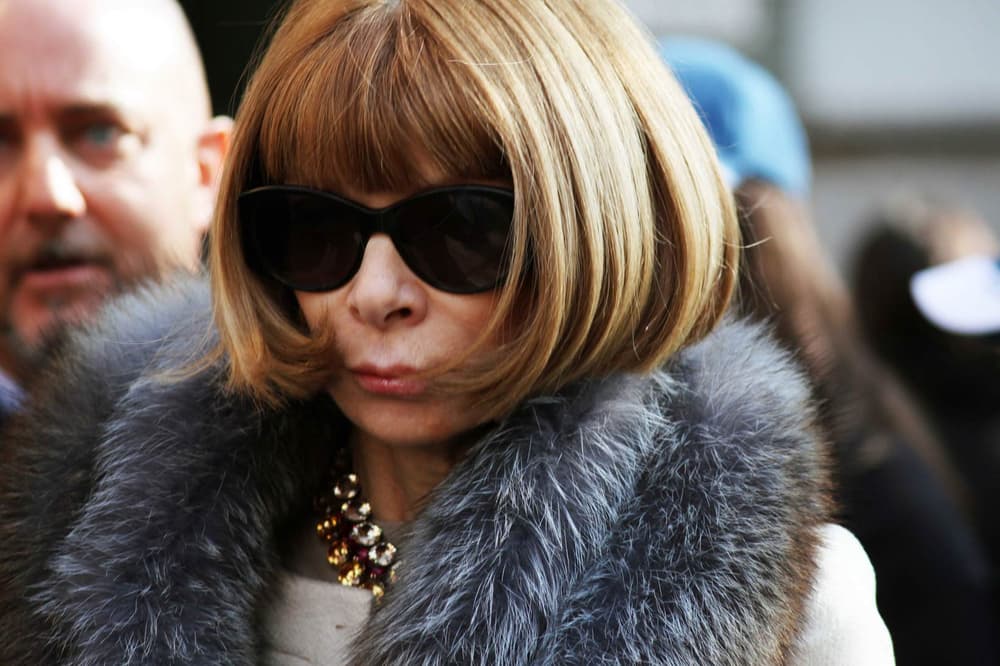
Wintour has changed how the world gets dressed, in a way that has nothing to do with following trends. (“Trends,” she once said, “is a dirty word.”) She is the key architect of one of the prime aesthetics of our era, which is that of soft power. She has always been as much about power as she is about fashion, and her biggest impact has been on the clothes we see on television screens and newspaper front pages, not on catwalks.
Two decades of First Ladies in patterned shifts and colourful cardigans; a million brightly coloured, form-fitting dresses worn by newsreaders and TV presenters all over the world; a brace of new-generation British duchesses dressed in slender tailored coats and skin-tone shoes; even Theresa May’s strong-and-stable necklaces and Keeley Hawes’s power bob in Bodyguard – from behind those sunglasses, Wintour has masterminded much of it. That she was repeatedly linked with ambassadorial roles, when she was close to President Obama, may owe at least some of its traction as an idea to how perfectly one can picture it.
But had Wintour’s reach been confined to those of us who watch her at fashion week, her impact would not have been nearly so profound. As it is, she has been as high-profile in Hollywood as she has been in Manhattan. She is one of the great fictional characters of our age. Her iconography is so deeply engraved in our psyche that Miranda Priestly, the Meryl Streep version of Wintour in The Devil Wears Prada, has become a template for the modern alpha female. The role of Wintour has been played, also, by Wintour herself in the Vogue documentaries The September Issue and The First Monday in May, and in cameos in Zoolander 2 and Ocean’s Eight. How much of the character is based on real life is anyone’s guess. But even after 30 years, the audience can’t get enough.

No comments:
Post a Comment